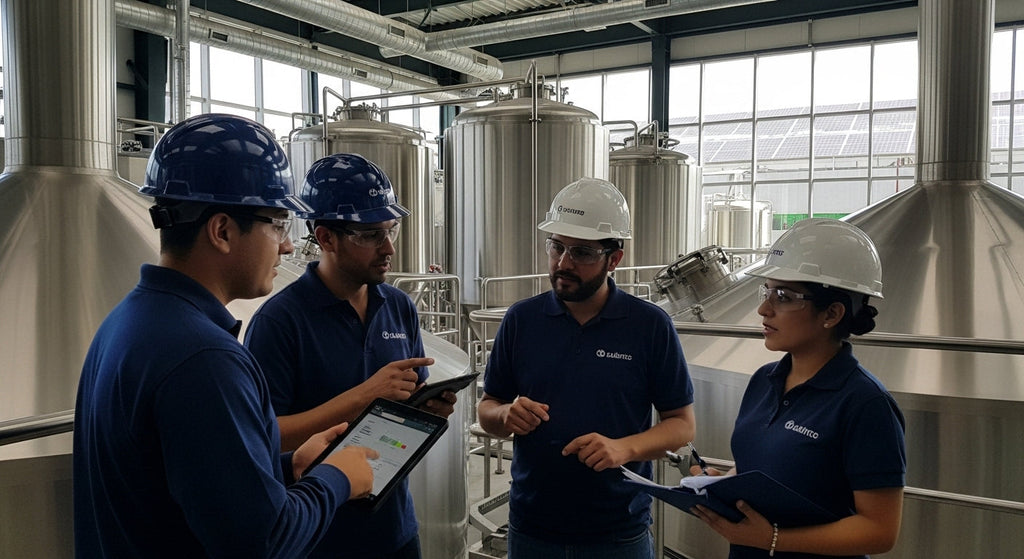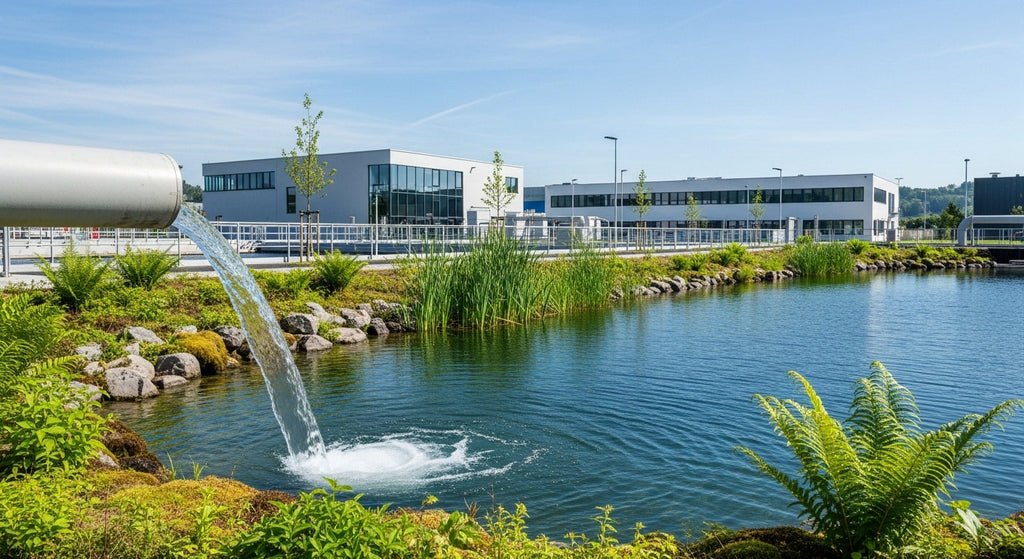
Mexico Energy Insights
Trusted by more than 10,000 market participants each month
Home
Mexico Energy Insights

Energy Audits For Commercial And Industrial Facilities
For Environmental, Social, and Governance (ESG) leaders and Health, Safety, and Environment (HSE) managers in Mexico, energy audits represent a game-changing opportunity to reduce costs, enhance sustainability metrics, and future-proof operations.

Managing Industrial Water Discharge In Mexico
Navigating Mexico's regulatory environment is a significant challenge for ESG and sustainability managers. The National Water Commission (CONAGUA) sets the National Water Law and standards, imposing stringent discharge limits and complex compliance requirements.

Understanding The Power Factor
One key concept that often goes unnoticed but holds significant importance is the factor de potencia or power factor. This technical aspect of electrical systems can have profound implications for industrial energy consumers, influencing operational efficiency and electricity costs.

Your Path To Net Zero With Mexico Energy Partners
Mexico Energy Partners offers a free Net Zero Roadmap, an actionable plan designed to help businesses reduce their carbon footprint, optimize energy use, and embrace renewable solutions.

Maximizing Efficiency Through Metering Strategies
Metering and sub-metering strategies are powerful tools for commercial buildings to monitor and manage energy consumption effectively. By providing detailed insights into where and how energy is used, these systems enable businesses to reduce costs, improve efficiency, and support sustainability goals.

The Importance Of Energy Quality In Industrial Plants
Energy quality issues, such as voltage sags, surges, or harmonic distortion, can lead to malfunctioning of sensitive machinery, unplanned stoppages, or even damage to equipment. This is especially critical in energy-intensive industries like manufacturing, automotive, and chemical plants.

Achieving Net Zero in Mining
The Mexico Energy Partners Mining Sustainability Program is a free four-hour overview focused on assisting mining companies toward net zero emissions and optimized energy use.

The Advantages Of Energy Recovery Systems
Energy recovery systems (ERS) are powerful tools for industrial plants seeking to enhance efficiency and sustainability. Plants can achieve significant cost savings by capturing and repurposing waste energy, reducing their environmental impact, and improving operational reliability.

Auto Industry Sustainability Program
Our ten-hour Auto Industry Sustainability Program is structured to give plant and sustainability managers a focused and actionable energy efficiency framework. The workshop dives deep into crafting and implementing an effective sustainability strategy for automotive operations.

What Is The Código de Red In Mexico?
The Código de Red is a critical regulatory framework designed to ensure the stability and reliability of Mexico's national grid. While it presents several risks and challenges for industrial energy consumers, proactive measures and strategic investments can mitigate them.

Understanding Mercado de Balance de Potencia
While the Mercado de Balance de Potencia in Mexico maintains grid stability, industrial energy consumers must navigate inherent risks related to capacity management, market volatility, and regulatory compliance.

The Role Of AI In Energy Procurement
By leveraging AI for predictive analytics, renewable energy integration, real-time trading, and risk management, managers can achieve cost savings, meet sustainability targets, and enhance operational efficiency.

